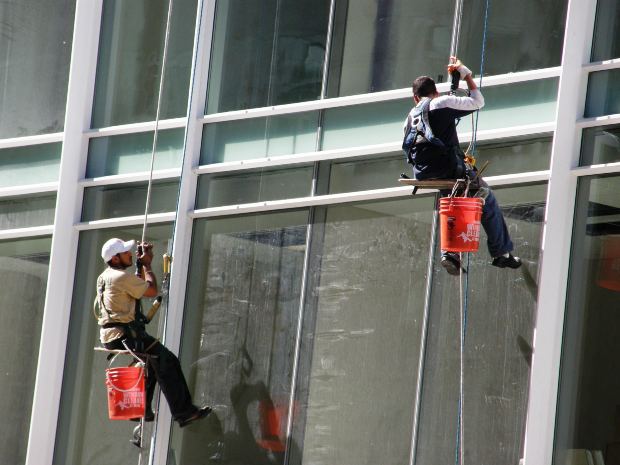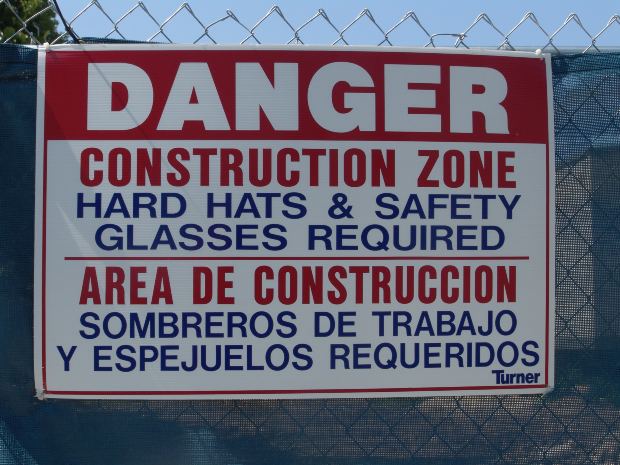A 45-year-old Medford postal carrier died after he collapsed while making a delivery on Friday afternoon.
James Baldassarre, of Haverhill, was found lying on the ground late Friday afternoon on Riverside Avenue. He was pronounced dead at Massachusetts General Hospital on Saturday morning. Baldassarre’s wife, Cathy, believed it was the intense heat and humidity that may have led to her husband’s death.
 Temperatures reached the 90s on Friday, with high levels of humidity. When rescuers responded, they found Baldassarre unconscious with a temperature of 110 degrees.
Temperatures reached the 90s on Friday, with high levels of humidity. When rescuers responded, they found Baldassarre unconscious with a temperature of 110 degrees.
Outdoor workers in agriculture, construction, public service (firefighters, postal workers, etc.), and other industries are at a great risk for heat stress, heat exhaustion, or heatstroke when they are exposed to high temperatures and humidity. Exposure to extreme heat can increase the risk of injuries for workers because often heat results in sweaty palms, fogged safety glasses, dizziness, and burns.
Heat exhaustion and heat stroke are serious heat-related disorders. Heat exhaustion is a bodily response caused by loss of water and salt in the body; usually a result of excessive sweating.
Symptoms of heat exhaustion include:
• Heavy sweating • Extreme weakness or fatigue • Dizziness or confusion • Nausea • Clammy or moist skin • Pale or flushed complexion • Muscle cramps • Elevated body temperature • Fast and shallow breathing
Workers suffering from heat exhaustion should rest in a cool, shaded, or air-conditioned area, drink plenty of water or other cool (non-alcoholic) beverages and be sprayed with water.
Heat stroke is the most serious heat disorder and occurs when the body is no longer able to control its temperature, and its sweating mechanism (used to cool the body) fails. When heat stroke occurs, the body’s temperature the body’s temperature can ride to 106 degrees or higher, and may cause permanent disability and even death if emergency treatment is not administered.
Symptoms of heat stroke include:
• Hot, dry skin or profuse sweating • Hallucinations • Chills • Throbbing headache • High body temperature • Confusion or dizziness • Slurred speech Continue reading
 Massachusetts Workers' Compensation Lawyer Blog
Massachusetts Workers' Compensation Lawyer Blog


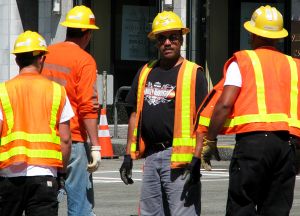 The victim, Edward Lake II, 60, died as he was unloading a bundle of rebar set to be used in the construction of the new $1.2 billion stadium. Both state and local authorities investigated the incident, and the lead construction manager halted work on the project for the remainder of Monday. The death is the second to take place at the site in four months. According to the contractor, employees would resume work on Tuesday and take part in safety meetings and be offered counseling.
The victim, Edward Lake II, 60, died as he was unloading a bundle of rebar set to be used in the construction of the new $1.2 billion stadium. Both state and local authorities investigated the incident, and the lead construction manager halted work on the project for the remainder of Monday. The death is the second to take place at the site in four months. According to the contractor, employees would resume work on Tuesday and take part in safety meetings and be offered counseling.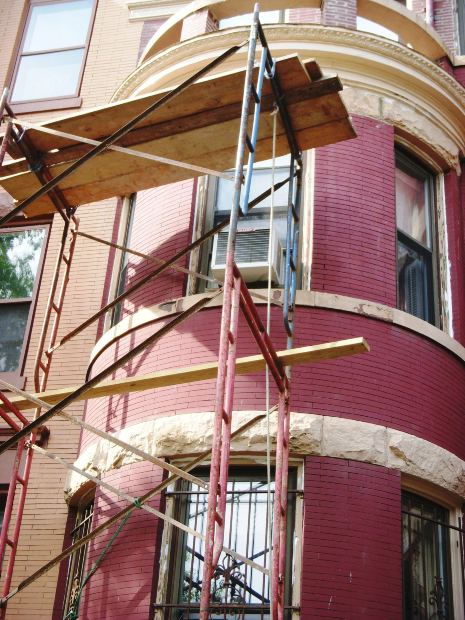 The construction business remains the most hazardous work industry in the United States, accounting for nearly 20% of all workplace fatalities annually. While both victims in this case are expected to survive, the incident serves as yet another reminder to construction workers of how dangerous their job can be. Carpenters and roofers incur risky situations on a day-to-day basis, and among these types of workers, falls are the leading cause of injury or death. In a report published by The Massachusetts Coalition for Occupational and Safety Health, out of the 32 reported work-related deaths in Massachusetts last year, six were cause by falls.
The construction business remains the most hazardous work industry in the United States, accounting for nearly 20% of all workplace fatalities annually. While both victims in this case are expected to survive, the incident serves as yet another reminder to construction workers of how dangerous their job can be. Carpenters and roofers incur risky situations on a day-to-day basis, and among these types of workers, falls are the leading cause of injury or death. In a report published by The Massachusetts Coalition for Occupational and Safety Health, out of the 32 reported work-related deaths in Massachusetts last year, six were cause by falls. 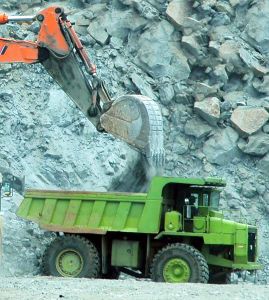 Currently, OSHA enforces a rule dated 40 years to regulate permissible exposure limits (PEL) for silica exposure, which is inconsistent between different work industries. The proposed rule would bring these PELs up to workplace standards and into the 21st century; greatly lowering the amount of silica exposure to workers. OSHA predicts that this new mandated policy would save nearly 700 lives per year and prevent 1,600 new cases of silicosis annually.
Currently, OSHA enforces a rule dated 40 years to regulate permissible exposure limits (PEL) for silica exposure, which is inconsistent between different work industries. The proposed rule would bring these PELs up to workplace standards and into the 21st century; greatly lowering the amount of silica exposure to workers. OSHA predicts that this new mandated policy would save nearly 700 lives per year and prevent 1,600 new cases of silicosis annually.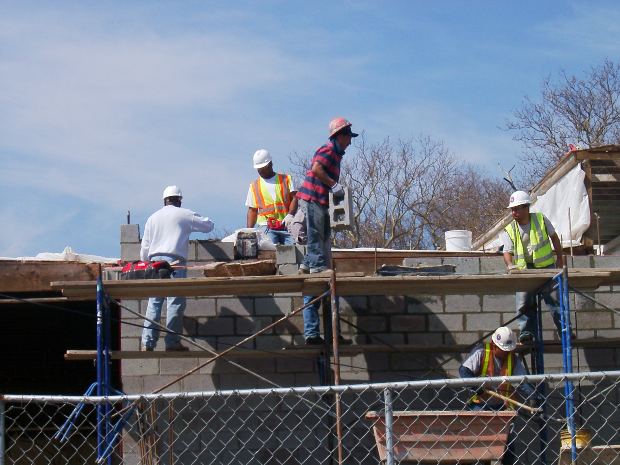 When an employee is injured at work, a certain protocol is taken to investigate how and why the accident occurred. Witness interviews are a crucial part of this protocol, and are heavily relied upon by investigators, as these testimonies provide important information that can help piece together the situation. While the purpose of investigations is not to specifically find fault for an accident, investigations are used to identify the root cause of the incident and help both employers and employees prevent similar accidents in the future. Investigations are also conducted to fulfill legal requirements, determine the costs associated with the accident, determine compliance (on behalf of the employee and the employer) with safety regulations and to determine and correct safety hazards, and to correctly process workers’ compensation claims.
When an employee is injured at work, a certain protocol is taken to investigate how and why the accident occurred. Witness interviews are a crucial part of this protocol, and are heavily relied upon by investigators, as these testimonies provide important information that can help piece together the situation. While the purpose of investigations is not to specifically find fault for an accident, investigations are used to identify the root cause of the incident and help both employers and employees prevent similar accidents in the future. Investigations are also conducted to fulfill legal requirements, determine the costs associated with the accident, determine compliance (on behalf of the employee and the employer) with safety regulations and to determine and correct safety hazards, and to correctly process workers’ compensation claims. Temperatures reached the 90s on Friday, with high levels of humidity. When rescuers responded, they found Baldassarre unconscious with a temperature of 110 degrees.
Temperatures reached the 90s on Friday, with high levels of humidity. When rescuers responded, they found Baldassarre unconscious with a temperature of 110 degrees. 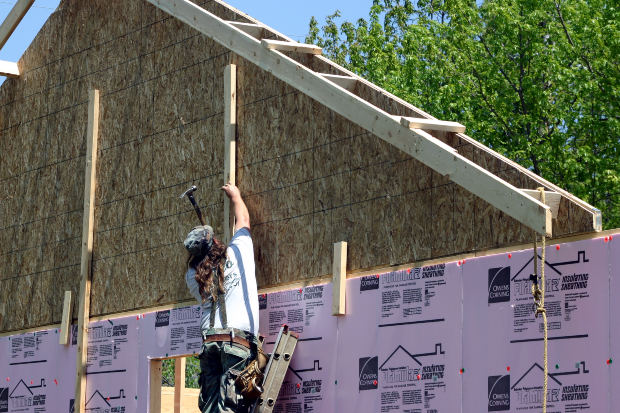 Whether it was a misstep by the victim, a manufacturing defect with the ladder or any other circumstance that caused the fall, ultimately the roofing company may be liable. By OSHA standards, employers are responsible for providing safe work environments for all of his or her employees to prevent hazardous situations that pose the threat of serious bodily injury or death. Though the details of this situation are still vague, what can be discerned is that had proper safety precautions been taken; such as the use of a safety harness, the man’s death may have been prevented.
Whether it was a misstep by the victim, a manufacturing defect with the ladder or any other circumstance that caused the fall, ultimately the roofing company may be liable. By OSHA standards, employers are responsible for providing safe work environments for all of his or her employees to prevent hazardous situations that pose the threat of serious bodily injury or death. Though the details of this situation are still vague, what can be discerned is that had proper safety precautions been taken; such as the use of a safety harness, the man’s death may have been prevented. 